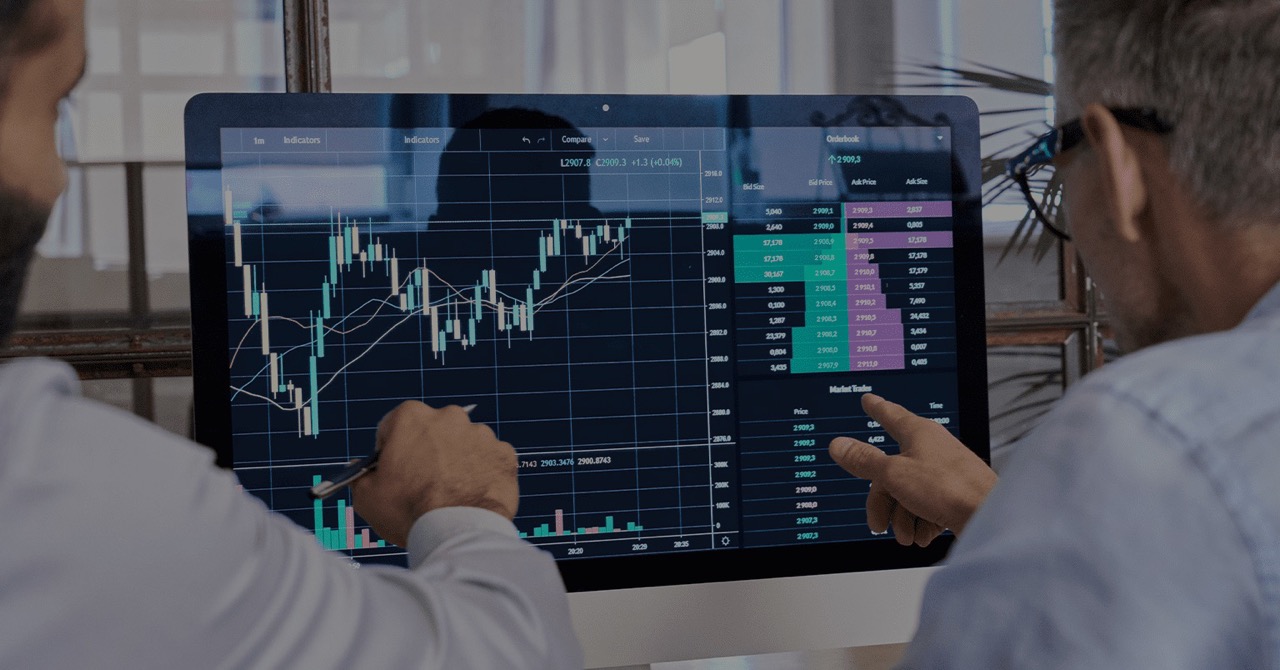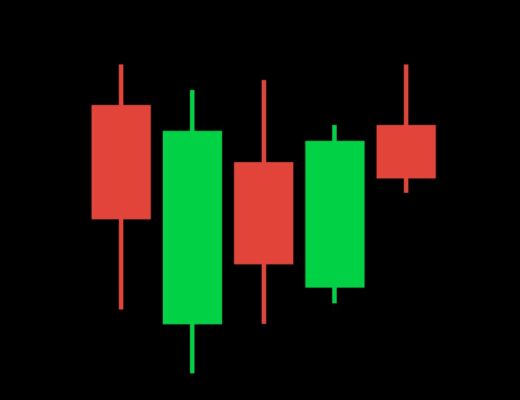Cayman indicator and its features
The traditional approach to trading is to follow the trend. However, this does not always maximise profits and is associated with certain risks. Therefore, traders often opt for an alternative approach: ‘trading against the crowd’. The Cayman indicator is a tool for this strategy.
Trading against the crowd involves shorting when the majority of participants are long. It is important to understand that the majority comprises more than 60% of market participants. At the same time, they should all make transactions in one direction, either buying or selling. Under these conditions, the probability of a trend reversal is especially high. The Cayman indicator helps determine the proportion of traders moving in one direction. It also enables you to track market sentiment and identify the highs and lows of different currency pairs.
Properties
The indicator has the following features:
1. Fixed levels ranging from 0 to 100 reflect the maximum limits of market sentiment. The indicator never reaches these limits.
2. You can set internal levels from 1 to 99, which change depending on the period chosen by the trader.
3. This approach helps present information about level fluctuations over different time intervals.
4. A trader can choose levels for a particular currency pair independently. They are usually oriented towards historical patterns or experience.
 It is important to note the significance of internal levels. These levels indicate the key moments at which a correction or trend change occurs for a particular currency pair. If a price has previously turned at a certain level, it is likely to do so again in the future.
It is important to note the significance of internal levels. These levels indicate the key moments at which a correction or trend change occurs for a particular currency pair. If a price has previously turned at a certain level, it is likely to do so again in the future.
This indicator is easy to use and suitable for almost any time interval. However, large timeframes, such as H4 or D1, are considered optimal.
The basis for analysing the Cayman indicator is the trader’s database. Nevertheless, it can also help to identify market trends effectively. In this case, the crowd effect occurs when a large number of market participants follow similar strategies.
How to use
Cayman is often used by experienced traders to assess market sentiment. It can identify overbought and oversold conditions. An overbought condition is usually recorded at levels above 60 and serves as a signal to start selling. An oversold condition occurs at levels below 40 and may indicate a good time to buy assets. The 60 level is a key transition indicator for most currency pairs.
Using the Cayman indicator can help minimise losses associated with pullbacks. These are typical of trend trading, a strategy favoured by many traders. This tool provides an opportunity to assess market trends and avoid herd mentality.










